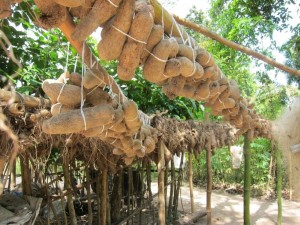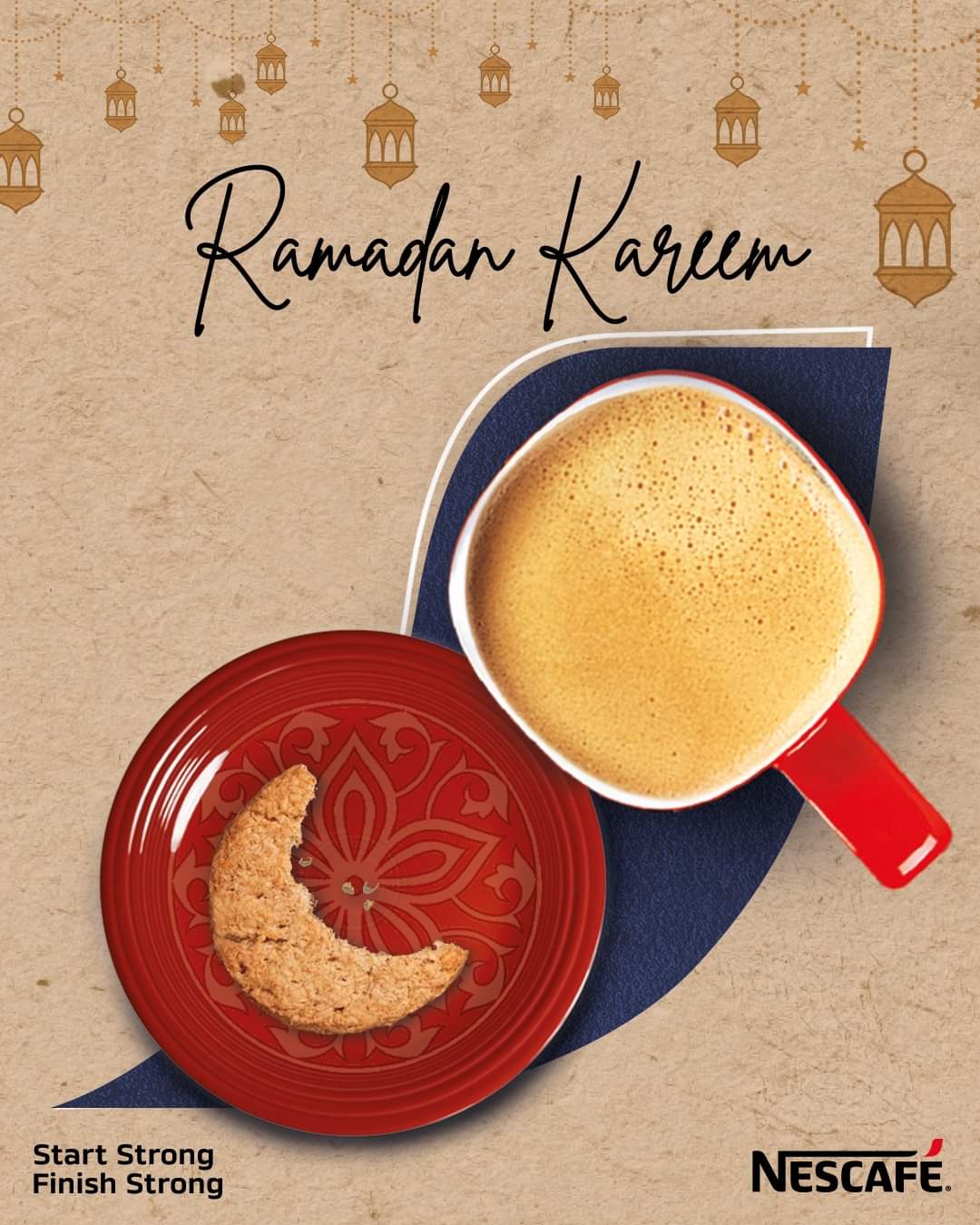
Yam is a tuberous root vegetable rich in carbohydrates. Though the edible underground grown tubers of this perennial vine crop is starchy, they contain dietary fiber which qualifies it as low glycemic index food. Nigeria is the world’s largest producer of yam, export accounting for over 70 percent of total world output. Unlike some of its variants, like the Japanese, which can be eaten raw, the Nigerian yam must be cooked, and are being made in many kitchens, into fufu, or pounded yam, or with slices simply boiled or fried. Yam is usually available year-round, but harvest is most plentiful towards the last quarter of each year, a period which signals the end of the raining season in Nigeria.
Yam enjoys more attention than any other crop in the Igboland, and been deprived of it was to create a condition of distress. Yam is widely cultivated and it was a thing of pride, as said by Chinua Achebe, in novel, Things fall Apart, for a man to be able to feed his family in one harvest. Yam cultivation is particularly dominant in the Abakaliki area and male sons were given some tubers and hoe, with a piece of farmland on attaining puberty. With this, they symbolically start life. About half of cultivated Igboland was devoted, until late 20th Century, to the growing of different species of Yam. Yam is extensively cultivated in areas where is little or no pressure of population, a feature that is untypical of Igboland. Those areas are the slightly incised plain of Cross River Basin having hydromorphic shale group of soils. This includes most of the Abakaliki region. Another area of extensive cultivation was the dissected plateau and lowlands of southern Onitsha and northern Owerri, having porous brown sandy soils. The third is the alluvial and river flood plains of the Niger, represented by Aguleri, Nsugbe, Umuleri, and Anam. Fourth is the plateau and undulating lowlands to the northwest, and rolling plateau to and plains to the East.
There are five major varieties of Yam as cultivated by the Igbo; Dioscorea rotundata is the white yam having whitish inner flesh with usually big tubers. Dioscorea alata is the water yam and is watery in nature. Dioscorea cayenensis, the yellow yam is common among titled men. The less common yam is the Dioscorea dumetorum which has a unique taste. Discorea bulbifera is characterized by a considerable number of aerial tubers of bulbils per plant.





















